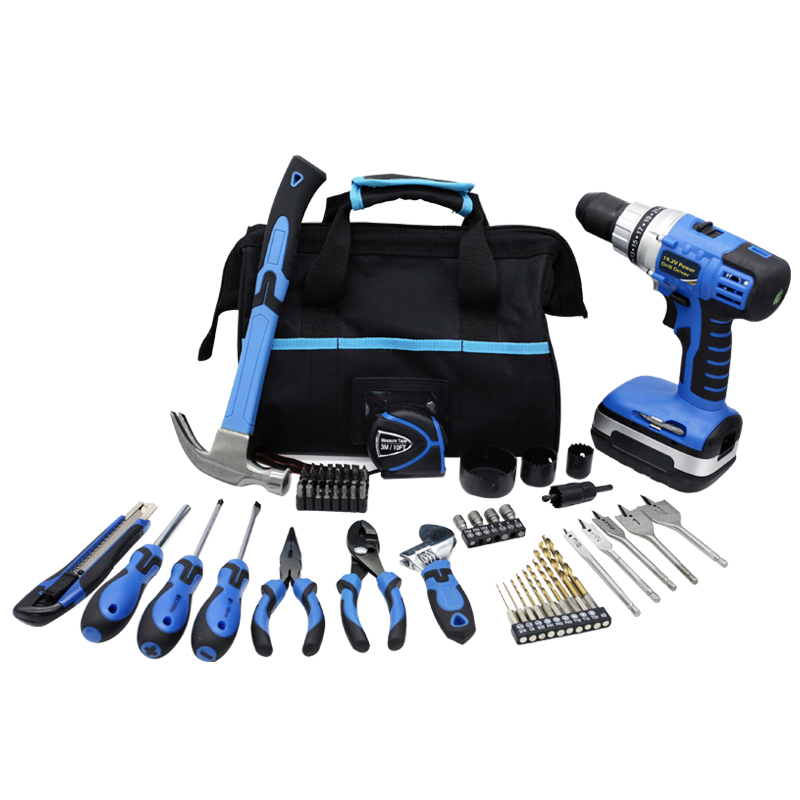Choosing the right power tools can make all the difference in your projects, whether you’re a DIY enthusiast or a professional tradesperson. With the vast array of options available, it can be overwhelming to determine which tools will best meet your needs. This guide will help you navigate the selection process, ensuring you make informed decisions for your toolbox.
1. Understand Your Needs
Before diving into the specifics of power tools, take a moment to assess what tasks you plan to accomplish. Are you focusing on woodworking, metalworking, home improvement, or automotive repairs? Identifying your primary tasks will help narrow down the types of tools you need.
2. Types of Power Tools
Power tools come in various forms, each suited for different applications. Here are some common types to consider:
- Drills: Essential for drilling holes and driving screws. Cordless drills offer portability, while corded drills provide consistent power.
- Saws: Different saws serve various purposes, including circular saws for straight cuts, jigsaws for curves, and reciprocating saws for demolition tasks.
- Sanders: Used to smooth surfaces, sanders come in several varieties, such as orbital sanders for fine finishing and belt sanders for heavy material removal.
- Rotary Tools: Versatile and compact, rotary tools can perform a range of tasks from sanding to cutting and polishing with the right attachments.
- Impact Wrenches and Drivers: Perfect for loosening and tightening bolts quickly and efficiently.
3. Key Features to Look For
When selecting power tools, consider the following features that can enhance performance and usability:
- Power Source: Choose between corded and cordless options. Corded tools provide unlimited power, while cordless tools offer mobility and convenience.
- Battery Life: For cordless tools, look for models with long-lasting batteries and fast recharge times.
- Ergonomics: Comfortable grips and balanced weight distribution reduce fatigue during extended use.
- Speed and Torque Settings: Adjustable settings provide versatility for different materials and tasks.
- Durability: Look for tools made from high-quality materials that can withstand regular use.
4. Brand Reputation
Investing in reputable brands can lead to better reliability and customer service. Research brands known for their quality, innovation, and warranties. Reading customer reviews can also provide insight into the performance and durability of specific models.
5. Budget Considerations
Power tools can vary significantly in price. Set a budget based on your needs and prioritize essential tools. Consider starting with a few key items and expanding your collection over time as your projects evolve.
6. Safety Features
Safety should always be a priority when using power tools. Look for tools with built-in safety features such as:
- Electronic brakes to stop blades quickly.
- Safety guards to protect users from debris.
- Lock-off switches to prevent accidental starts.
7. Accessories and Attachments
Many power tools come with a variety of accessories that enhance their capabilities. Consider purchasing additional blades, bits, or attachments to maximize the functionality of your tools.
Conclusion
Choosing the right power tools involves understanding your specific needs, exploring various types, and considering essential features. By taking the time to assess your requirements and investing in quality tools, you can ensure that your projects are completed efficiently and effectively. Whether you’re a weekend warrior or a professional contractor, having the right tools at your disposal is key to achieving great results. Happy crafting!
Post time: Oct-25-2024

